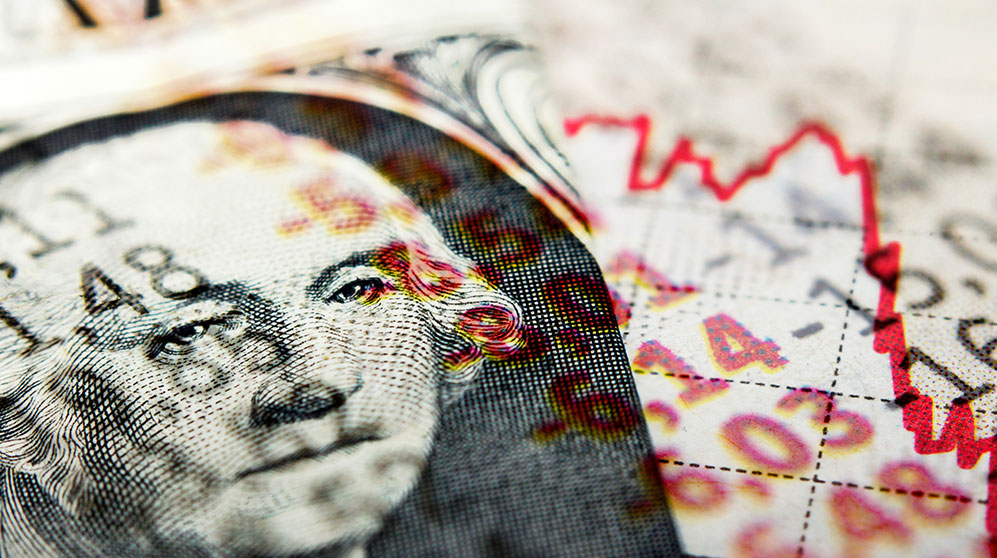Worried? Check Out These Three Classic Inflation Hedges
• 3 min read

Get the latest in Research & Insights
Sign up to receive a weekly email summary of new articles posted to AMG Research & Insights.

Are you troubled by surging inflation and concerned that it may linger well beyond the near future? Are you looking for investments that might provide some insurance against that possibility?
Here are three simple and familiar inflation hedges that might meet your needs. They are not perfect or risk free, but they are worth considering:
Treasury Inflation Protected Securities (TIPS) are notes issued by the U.S. Treasury. TIPS pay a fixed coupon rate on principal that is adjusted for increases in the Consumer Price Index. They are sold at a price that specifies a real yield. For example, on April 14 the real yield on 5-year TIPS was -0.54%. The significance is simply that the nominal yield received for bonds held to maturity will be the actual inflation over the 5-year period less 0.54 percentage points. If inflation is 3.33% over the 5-year period, the nominal yield will be 2.79%—which was the 5-year Treasury Note yield on April 14. If inflation averages less than 3.33%, the investment will not perform as well as a Treasury Note of like maturity. However, if held to maturity, then no matter how high inflation might go, the yield will compensate for all but a small portion of it. (Pre-tax, at ordinary rates, of course.)
Precious metals, such as gold, silver, platinum, and palladium, are classic hedges against unexpected, runaway inflation. During sustained periods of materially accelerating inflation, precious metals prices have typically more than matched increases in the general price level (with increases taxed as capital gains at time of sale). However, factors other than inflation, such as geopolitical uncertainties and industrial demand, also impact prices. As things now stand, the effects of the Russo-Ukrainian war, sanctions, low real global interest rates, and already-accelerated global inflation are embedded in precious metal prices. Still, if geopolitical and global inflation risks continue to advance, precious metals prices might provide offsetting compensation. On the other hand, the converse is also true, and if anticipated policy tightening by central banks raises real interest rates, returns to precious metals investment will be poor, and quite possibly negative.
Debt-funded real estate is another strategy to gain inflation protection by borrowing long-term funds at a fixed rate and investing the loan proceeds in an income-earning asset that covers the debt service cost—typically real estate. The success of this approach depends upon the investment outcome of the specific property acquired. One must bank on the likelihood that the property’s operating income and value will keep pace with inflation. If they do, gains on equity invested will outpace inflation and favorable tax rules will lower the impact of the tax bite. If they do not, the impact of leverage may magnify the loss against the equity invested.
This information is for general information use only. It is not tailored to any specific situation, is not intended to be investment, tax, financial, legal, or other advice and should not be relied on as such. AMG’s opinions are subject to change without notice, and this report may not be updated to reflect changes in opinion. Forecasts, estimates, and certain other information contained herein are based on proprietary research and should not be considered investment advice or a recommendation to buy, sell or hold any particular security, strategy, or investment product.
Get the latest in Research & Insights
Sign up to receive a weekly email summary of new articles posted to AMG Research & Insights.


